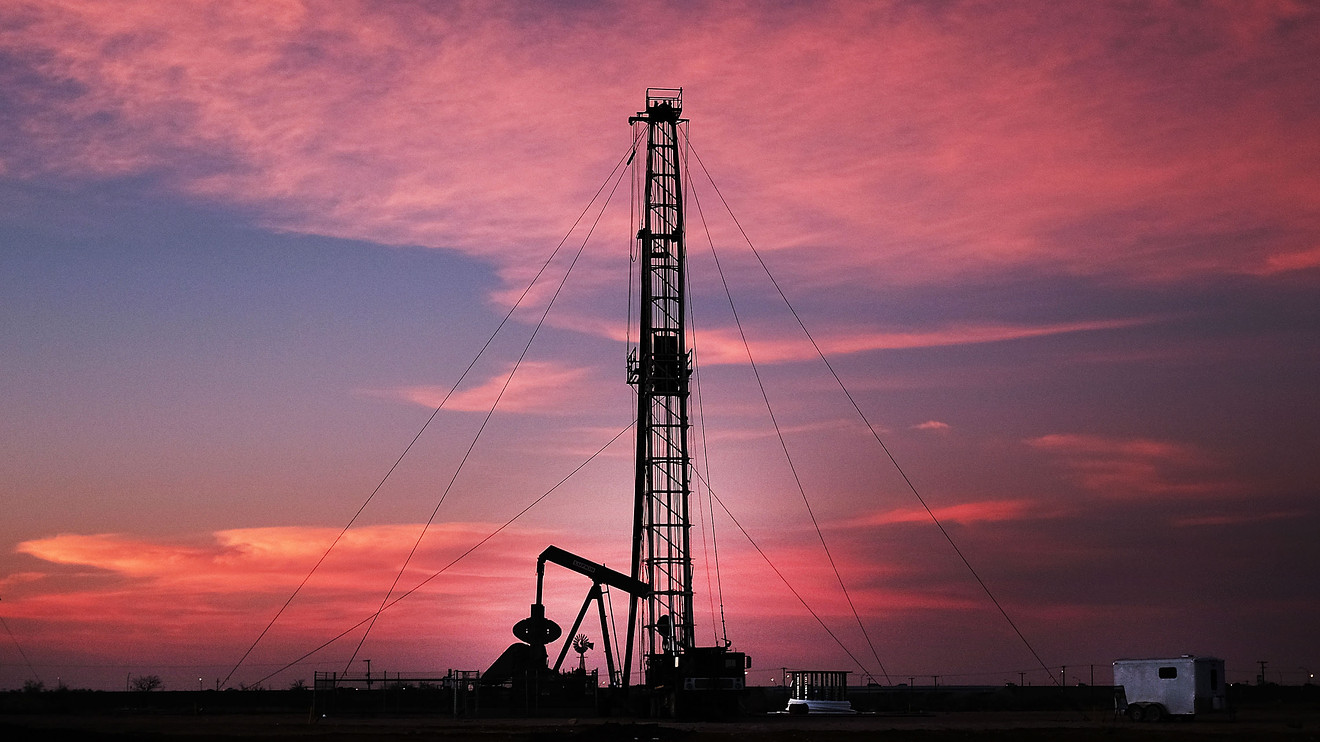
Oil futures headed higher on Wednesday, with Brent oil aiming for a seventh straight advance, after the U.S. imposed sanctions on an arm of Russian oil giant Rosneft and as the reported number of new daily cases of China’s coronavirus declined.
On Tuesday, the Trump administration blacklisted the trading brokerage owned by Russia’s Rosneft that the U.S. accuses of helping the regime of Venezuelan President Nicolás Maduro.
Venezuela is already under severe U.S. sanctions as the Trump administration intensifies its campaign to remove Maduro from power.
“Venezuela’s exports, which have already seen long-term declines in recent years, could see a more pronounced drop in the weeks ahead following targeted US sanctions against the trading arm of Russia’s Rosneft,” said Robbie Fraser, senior commodity analyst at Schneider Electric. Rosneft has “played a key role in moving Venezuelan cargoes to major demand destinations.”
However, “the affected volumes aren’t necessarily to enough to rattle a crude market more concerned with demand weakness, though it could add targeted support to heavier crude grades,” said Fraser, in a daily note.
Against that backdrop, West Texas Intermediate crude for March delivery CLH20, +1.02% rose 73 cents, or 1.4%, to $53.02 a barrel on the New York Mercantile Exchange, after ending Tuesday’s session unchanged. The March contract expires at Thursday’s settlement.
April Brent crude BRNJ20, +1.18%, meanwhile, picked up $1.02, or 1.8%, to $58.77 a barrel on ICE Futures Europe following a gain of about 0.1% in the previous session.
Brent, the international benchmark grade for oil, was on track for a seventh straight gain.
Investors also were keeping an eye on conflict in Libya, as its United Nations-recognized government withdrew from peace talks in Geneva after an attack by rebel forces led by Khalifa Haftar. Production in the oil-rich region remains impeded due to the Libyan conflict, sources said.
“Libyan exports continue to flow at minimal levels as a civil war between [the Government of National Accord] and [Libya National Army] factions continues to block exports and corresponding revenues,” said Fraser.
Libya’s National Oil Corporation, or NOC, “reports that Libyan oil production has dropped to 123,500 bpd from pre-current crisis levels of 1.2 million bpd,” wrote Robert Yawger, director of energy at Mizuho Securities USA, in a Wednesday research report.
Combined with signs of slowing transmission of COVID-19—the infectious illness derived from the novel strain of coronavirus that reportedly originated in Wuhan, China—crude-oil markets have been tilting higher.
As of Feb. 18., China’s National Health Commission said there had been a total of 75,203 confirmed cases and 2,009 deaths, but investors have taking heart in a slowing pace of reported infections.
“Market fears about falling oil demand are not misplaced, but they have probably been exaggerated by the outbreak of the coronavirus and the resulting economic uncertainty,” economists at The Economist Intelligence Unit wrote in a report released late Tuesday.
“On the assumption that the spread of the coronavirus will be contained by end-March, we have revised down our forecast for China’s annual oil demand growth in 2020 to 2.5%,” from a previous forecast of 3%, they said. That would mark a “big fall from China recent oil consumption growth, which averaged just under 4% per year in 2016-19.”
“Given China’s outsized impact on global oil consumption trends, we now expect global oil demand to expand by just 0.9% in 2020,” from 1% previously, which would be the slowest rate of growth in three years,” the economists said.
Meanwhile, weekly updates on U.S. petroleum supplies will be released a day later than usual this week because of Monday’s Presidents Day holiday. The American Petroleum Institute’s report will be released late Wednesday and Energy Information Administration will issue its own figures Thursday morning.
On average, the EIA is expected to report a 3.3 million-barrel climb in U.S. crude inventories for the week ended Feb. 14, according to a survey of analysts conducted by S&P Global Platts. The survey also forecast a climb of 300,000 barrels for gasoline and a decline of 1.6 million barrels for distillates, which include heating oil.
On Nymex Wednesday, March gasoline RBH20, +1.13% added nearly 1.9% to $1.6447 a gallon and March heating oil HOH20, +0.50% rose 0.9% to $1.6875 a gallon.
March natural gas NGH20, -0.45% traded at $1.971 per million British thermal units, down 0.5%. On Tuesday, prices rallied by 7.8% to settle at their highest in a month on colder weather forecasts.
div > iframe { width: 100% !important; min-width: 300px; max-width: 800px; } ]]>








